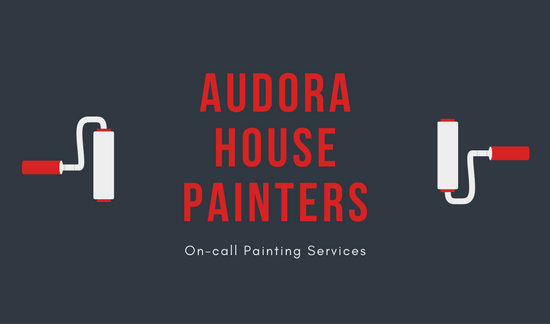The Importance Of Weather In Commercial Exterior Paint: What You Need To Understand
The Importance Of Weather In Commercial Exterior Paint: What You Need To Understand
Blog Article
Content Created By-Beasley Bendtsen
When you're intending an industrial external paint job, don't underestimate the effect of climate on your outcomes. You need to consider variables like temperature, moisture, and precipitation, as they can make or break your paint work. As an example, did you understand that excellent problems ask for specific temperature level ranges and moisture levels? Failing to check these facets can bring about irregular surfaces or even damages to fresh paint. Understanding these aspects is crucial to attaining a durable, professional outcome. So, what particular climate condition should you watch out for?
Temperature Considerations
When it involves industrial external paint, temperature plays an essential role in the end result of your job. If you're repainting in extreme warm, the paint can dry out as well promptly, resulting in issues like bad bond and irregular surfaces. You intend to aim for temperatures between 50 ° F and 85 ° F for the best results. Listed below 50 ° F, paint might not treat appropriately, while over 85 ° F, you run the risk of blistering and fracturing.
Timing your job with the appropriate temperature levels is necessary. Beginning your job early in the morning or later in the mid-day when it's cooler, especially during warm months.
Additionally, think about the surface area temperature level; it can be dramatically higher than the air temperature level, specifically on warm days. Utilize a surface thermometer to check this prior to you begin.
If temperatures are unpredictable, keep an eye on the weather forecast. hop over to this site decreases or warm front can derail your strategies. You don't wish to start repainting just to have the conditions transform mid-project.
Moisture Degrees
Moisture degrees dramatically influence the success of your industrial external painting job. When pdx rose city painting is too high, it can hinder paint drying and curing, bring about a range of concerns like poor bond and finish quality.
If you're preparing a work throughout wet problems, you might discover that the paint takes longer to dry, which can extend your project timeline and increase prices.
On the other hand, reduced humidity can likewise posture challenges. Paint might dry too swiftly, avoiding correct application and causing an unequal surface.
You'll want to check the humidity degrees carefully to ensure you're functioning within the perfect range, generally in between 40% and 70%.
To get the very best outcomes, think about utilizing a hygrometer to determine moisture prior to starting your project.
If you find the levels are outside the optimal variety, you may need to readjust your timetable or pick paints designed for variable problems.
Always consult the manufacturer's guidelines for details referrals on moisture tolerance.
Precipitation Influence
Rain or snow can substantially interrupt your business external paint strategies. When precipitation occurs, it can get rid of freshly applied paint or create an irregular finish. Ideally, you wish to pick days with completely dry weather to guarantee the paint adheres properly and remedies properly. If you're captured in a shower, it's ideal to halt the task and wait for conditions to enhance.
Moreover, snow can be a lot more damaging. Not only does it create a wet surface, however it can additionally decrease temperature levels, making it hard for paint to completely dry. This can lead to concerns like peeling or blistering down the line.
It's essential to examine the weather forecast before beginning your task. If residential painter portland or snow is forecasted, take into consideration rescheduling.
Constantly keep in mind to enable appropriate drying out time between layers, especially if the weather remains uncertain.
Verdict
In conclusion, keeping an eye on the weather condition is important for an effective industrial external paint job. By monitoring temperature, humidity, and rainfall, you can make sure the very best problems for application and healing. Keep in mind to prepare your job around beneficial climate and constantly adhere to producer standards. With the appropriate approach, you'll attain a long-lasting, attractive finish that can withstand the components. Don't let the climate catch you off guard-- stay educated and paint wise!
